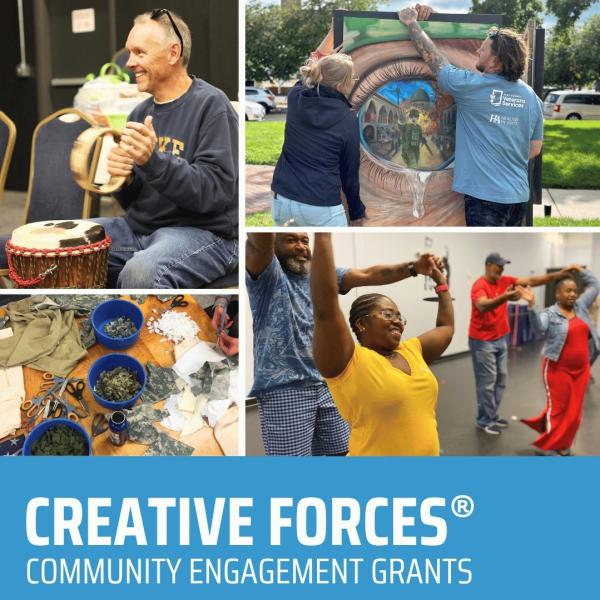National Endowment for the Arts Statement on the Death of National Heritage Fellow Norik Astvatsaturov

Norik Astvatsaturov explaining his craft at the 2017 National Heritage Fellowship concert. Photo by Tom Pich
Washington, DC—It is with great sadness that the National Endowment for the Arts acknowledges the passing of Norik Astvatsaturov, recipient of a 2017 NEA National Heritage Fellowship, the nation’s highest honor in the folk and traditional arts. Astvatsaturov was an Armenian repoussé metal artist who, using a hammer and simple nail punches, created cultural items like jewelry boxes and icons used by the Armenian diaspora to maintain their ethnic identity and remember their turbulent history.
Astvatsaturov was born in 1947. As a young man, he apprenticed to an elderly Armenian artisan named Goga. Astvatsaturov stated, “He taught me old techniques…to create depth, volume, and detail.… Each kind of metal has its own properties, elasticity, and feel.” Working both sides of metal sheets (copper, bronze, brass, German silver, sometimes gold) Astvatsaturov used semi-precious stones like amethyst, turquoise, garnet, topaz, and carnelian as insets to create ornate works of art.
From 1970-1988, Astvatsaturov worked full-time in metal repoussé in Baku where he supported his family solely with commercial work. The traditional art he created that reflected Armenian culture and religion had to be hidden from prying eyes for fear of persecution. According to custom and tradition, he made such decorative metal items as crosses to pray for health, covers protecting family Bibles, and jewelry boxes for marriages.
Astvatsaturov and his family fled the Soviet Union and eventually found a home in Wahpeton, North Dakota, in 1992. While they were forced to leave most of their possessions behind, Astvatsaturov brought with him his hammer and nail punches. He said, “A good artist is one who can carry all the tools he needs in his pocket.”
To support his family, Astvatsaturov worked as a machinist in Wahpeton while also continuing his art—this time freely and openly making items cherished by the Armenian diaspora in the United States. Astvatsaturov’s work is known not only for extraordinary technique with simple tools but for the meaning and feeling he infuses into his art. He said, “Technique without meaning is lifeless.”
In the United States, Astvatsaturov shared his traditional art and its message regionally and nationally through teaching, workshops, folk festivals, and exhibitions. In addition to the NEA National Heritage Fellowships, Astvatsaturov received fellowships from the North Dakota Council on the Arts, the Fund for Folk Culture, and the Bush Foundation.
Watch more about the work and career of Norik Astvatsaturov in this NEA National Heritage Fellowship Tribute Video.
Contact
NEA Public Affairs, publicaffairs@arts.gov




